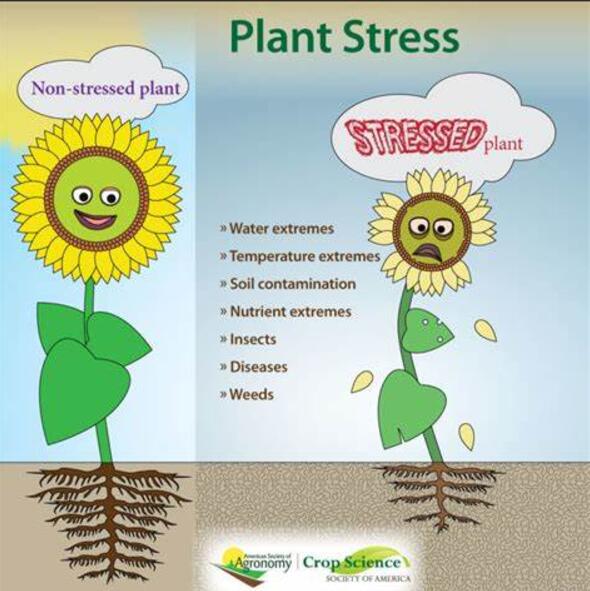恢复和超越:植物从干旱中恢复水分后的过渡机制
IF 6.8
Q1 PLANT SCIENCES
引用次数: 0
摘要
本文章由计算机程序翻译,如有差异,请以英文原文为准。
Recover and surpass: The mechanisms of plants transition upon rehydration from drought
As the global climate shifts and precipitation patterns evolve, the drought resistance of plants is being increasingly tested. There is a notable variation in the post-drought rehydration recovery capabilities among different plant species, which significantly influences both plant growth and the regulation of ecological environments. Researchers have achieved considerable advancements in the field of drought resistance; however, our comprehension of the processes involved in post-drought rehydration remains limited. Rehydration following a drought event is crucial not only for compensating plant growth but also for facilitating the recovery of terrestrial ecosystems. This paper begins by reviewing the current state of research on plant drought resistance and then delves into the progress and associated strategies for post-drought rehydration. Identifying the existing gaps in research, we propose potential directions for future studies to provide insights into how plants respond to drought and rehydration under changing climatic conditions. This collection of information is valuable to enhance our understanding of the rehydration mechanisms post-drought and to lay a theoretical foundation for the mining of rehydration genes and the improvement of drought-resistant plant varieties in the future.
求助全文
通过发布文献求助,成功后即可免费获取论文全文。
去求助
来源期刊

Plant Stress
PLANT SCIENCES-
CiteScore
5.20
自引率
8.00%
发文量
76
审稿时长
63 days
期刊介绍:
The journal Plant Stress deals with plant (or other photoautotrophs, such as algae, cyanobacteria and lichens) responses to abiotic and biotic stress factors that can result in limited growth and productivity. Such responses can be analyzed and described at a physiological, biochemical and molecular level. Experimental approaches/technologies aiming to improve growth and productivity with a potential for downstream validation under stress conditions will also be considered. Both fundamental and applied research manuscripts are welcome, provided that clear mechanistic hypotheses are made and descriptive approaches are avoided. In addition, high-quality review articles will also be considered, provided they follow a critical approach and stimulate thought for future research avenues.
Plant Stress welcomes high-quality manuscripts related (but not limited) to interactions between plants and:
Lack of water (drought) and excess (flooding),
Salinity stress,
Elevated temperature and/or low temperature (chilling and freezing),
Hypoxia and/or anoxia,
Mineral nutrient excess and/or deficiency,
Heavy metals and/or metalloids,
Plant priming (chemical, biological, physiological, nanomaterial, biostimulant) approaches for improved stress protection,
Viral, phytoplasma, bacterial and fungal plant-pathogen interactions.
The journal welcomes basic and applied research articles, as well as review articles and short communications. All submitted manuscripts will be subject to a thorough peer-reviewing process.
 求助内容:
求助内容: 应助结果提醒方式:
应助结果提醒方式:


